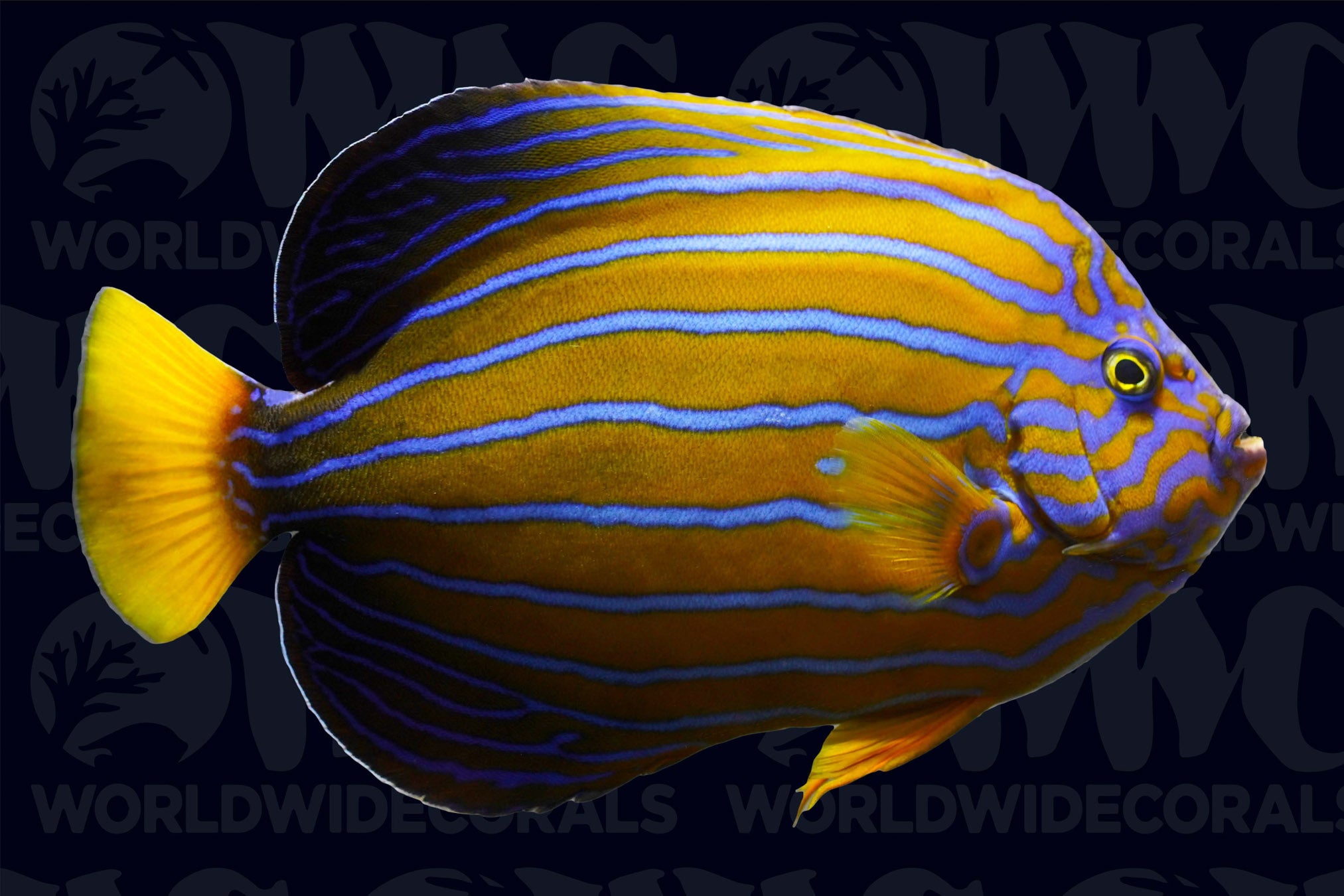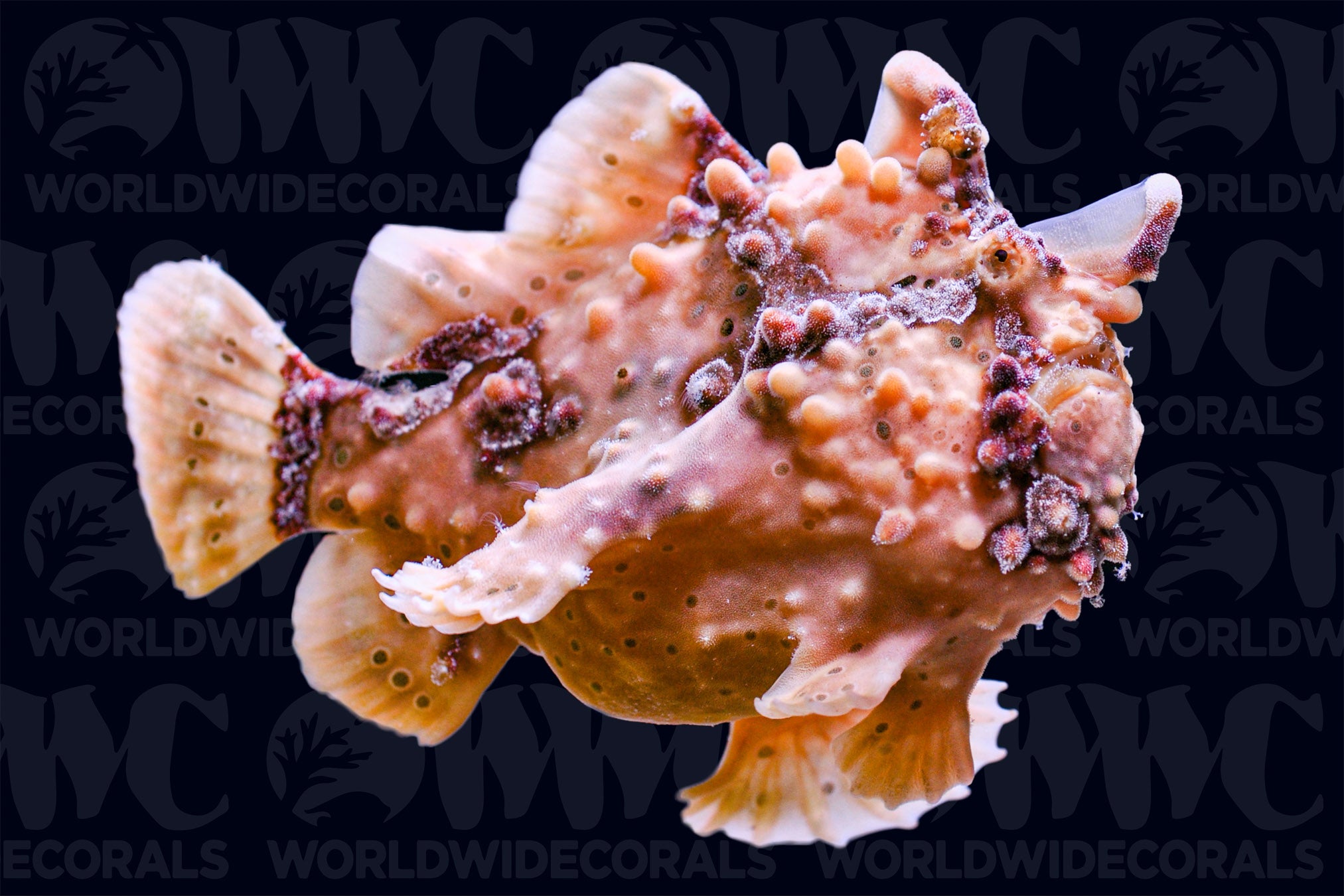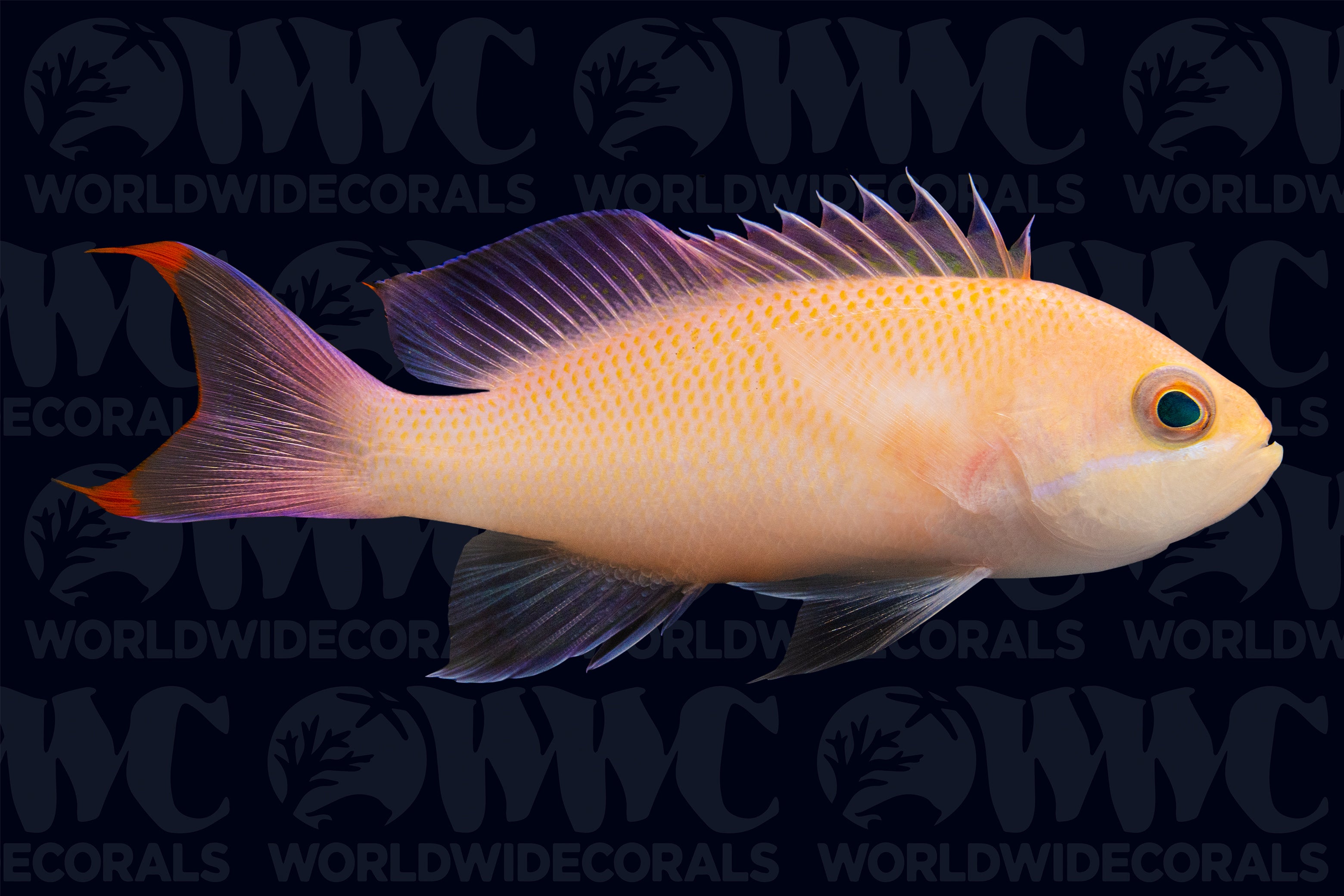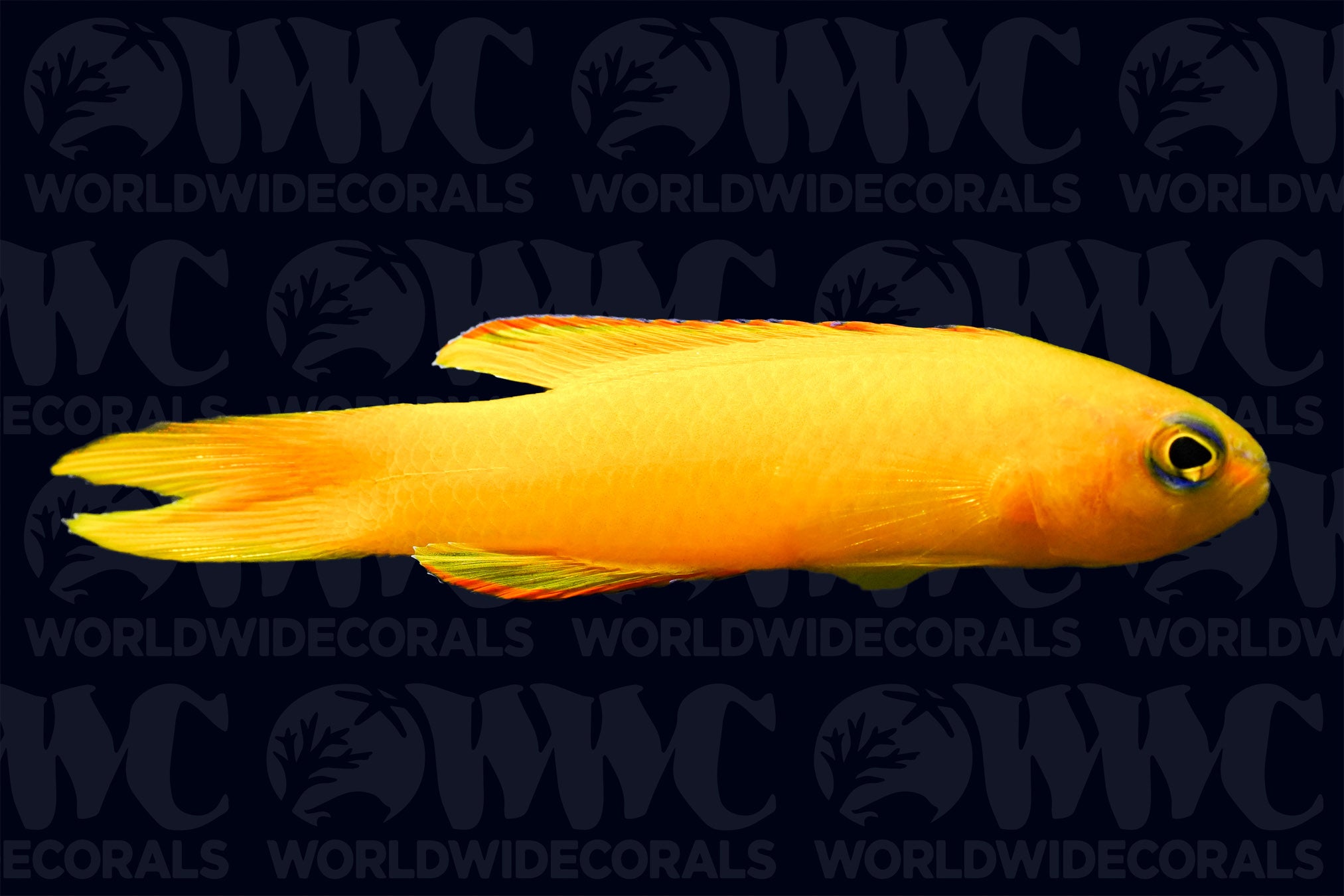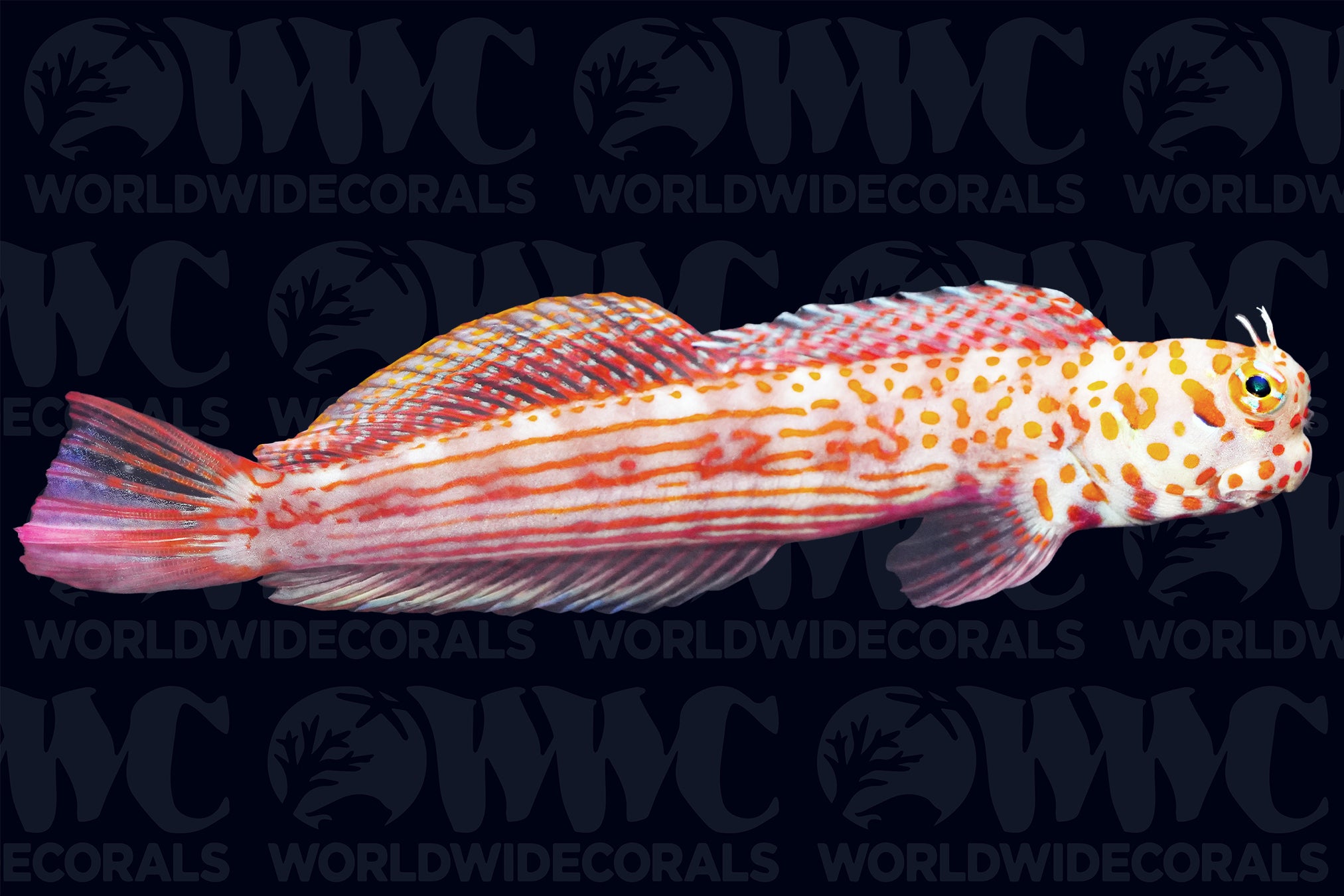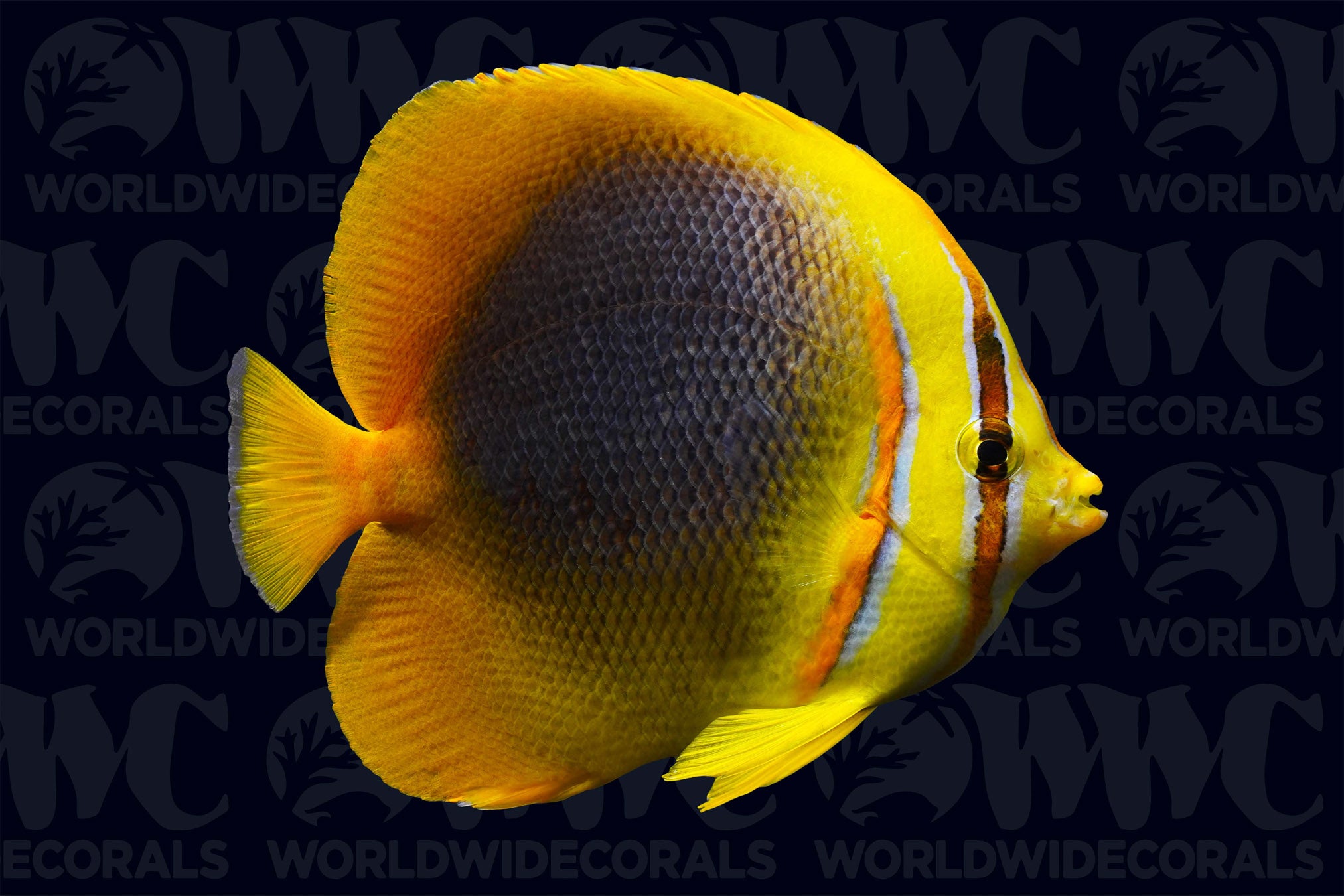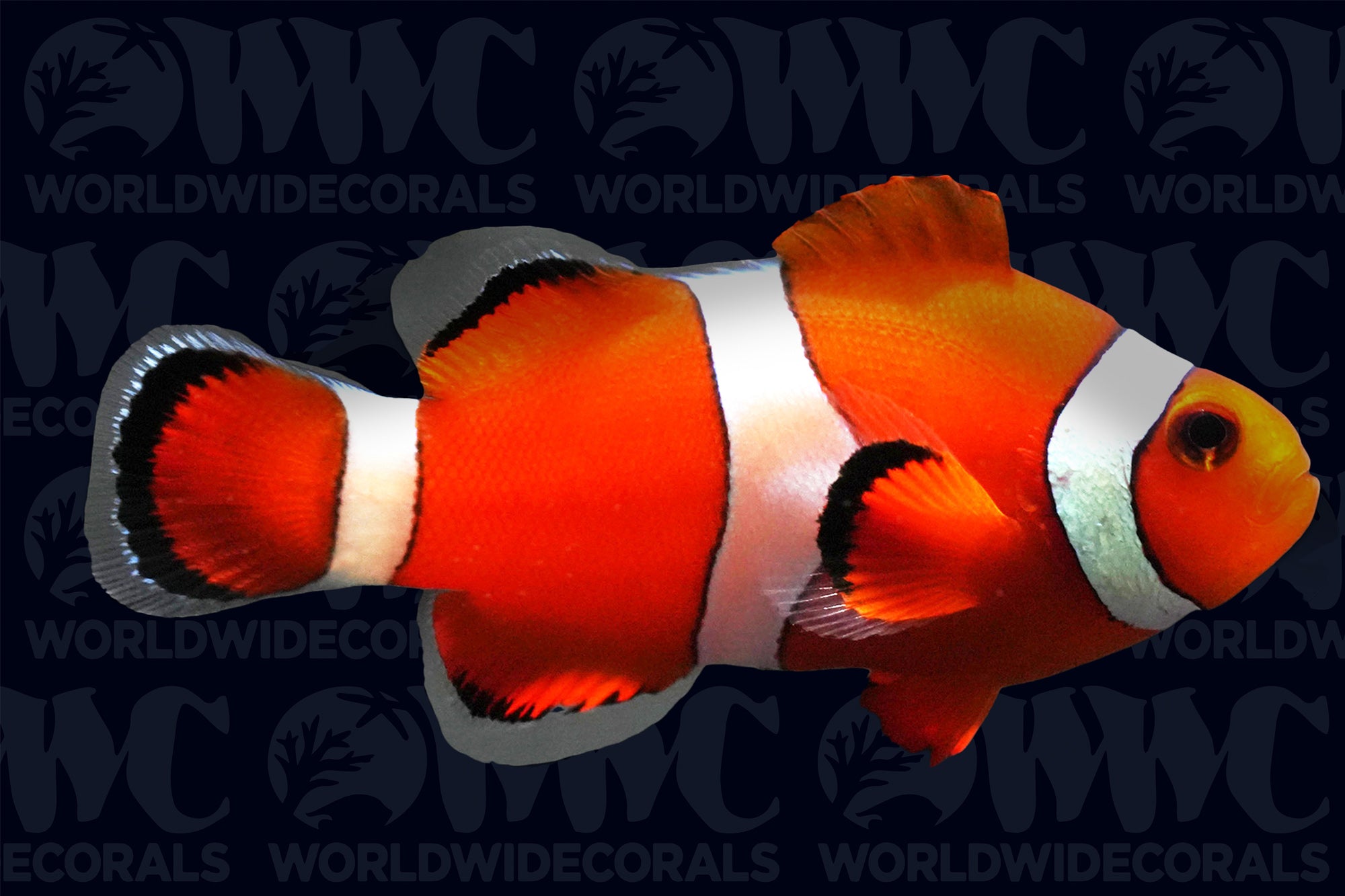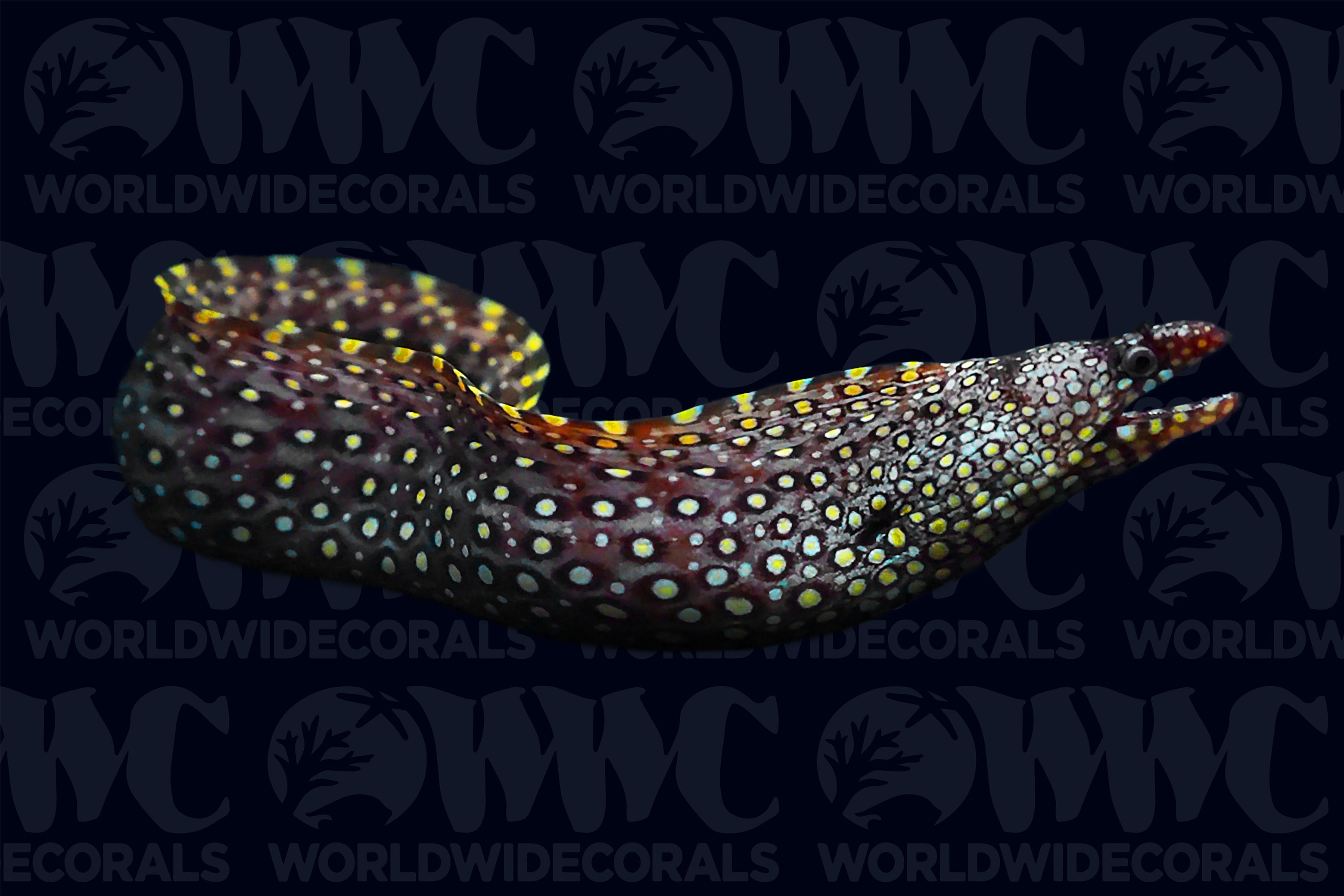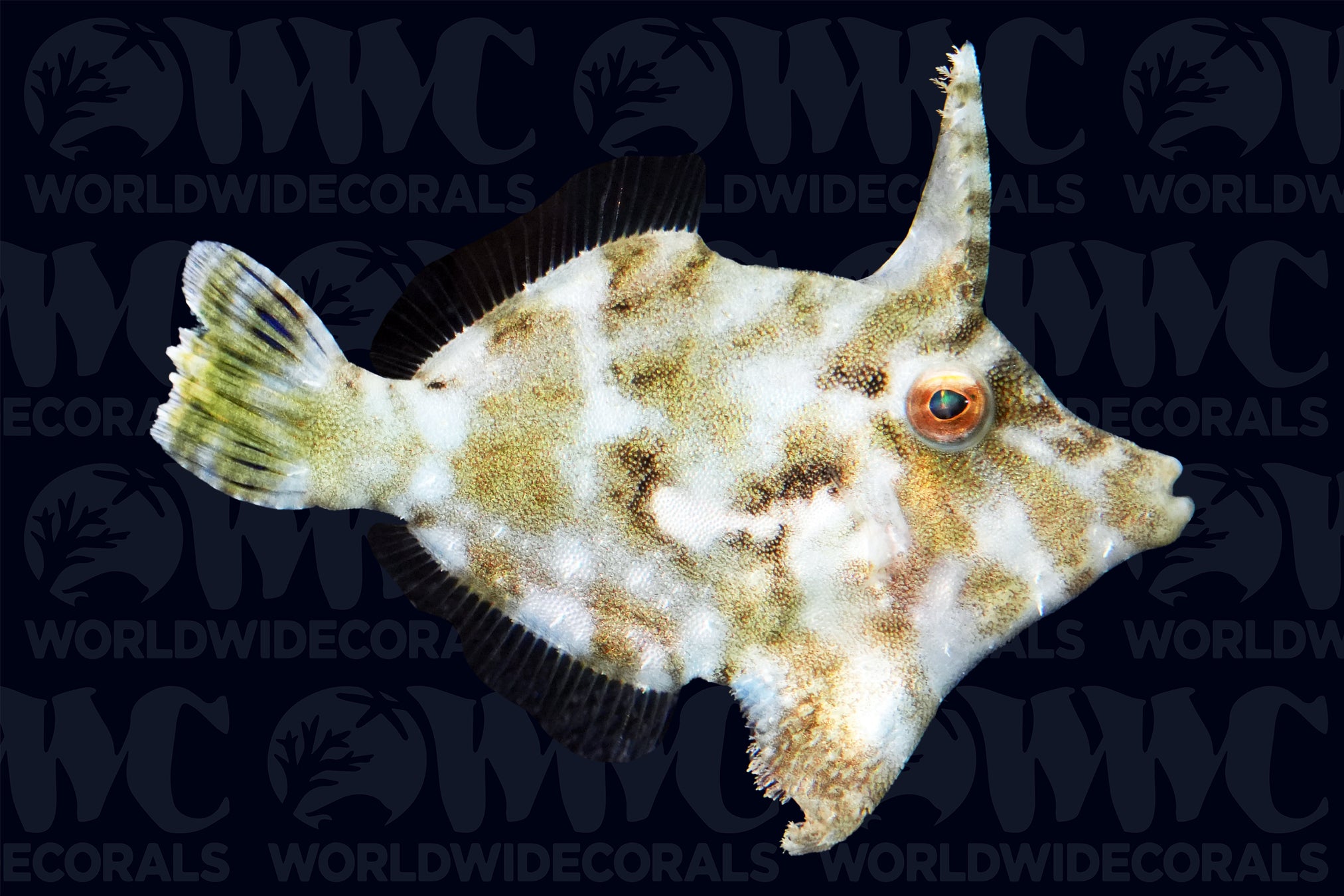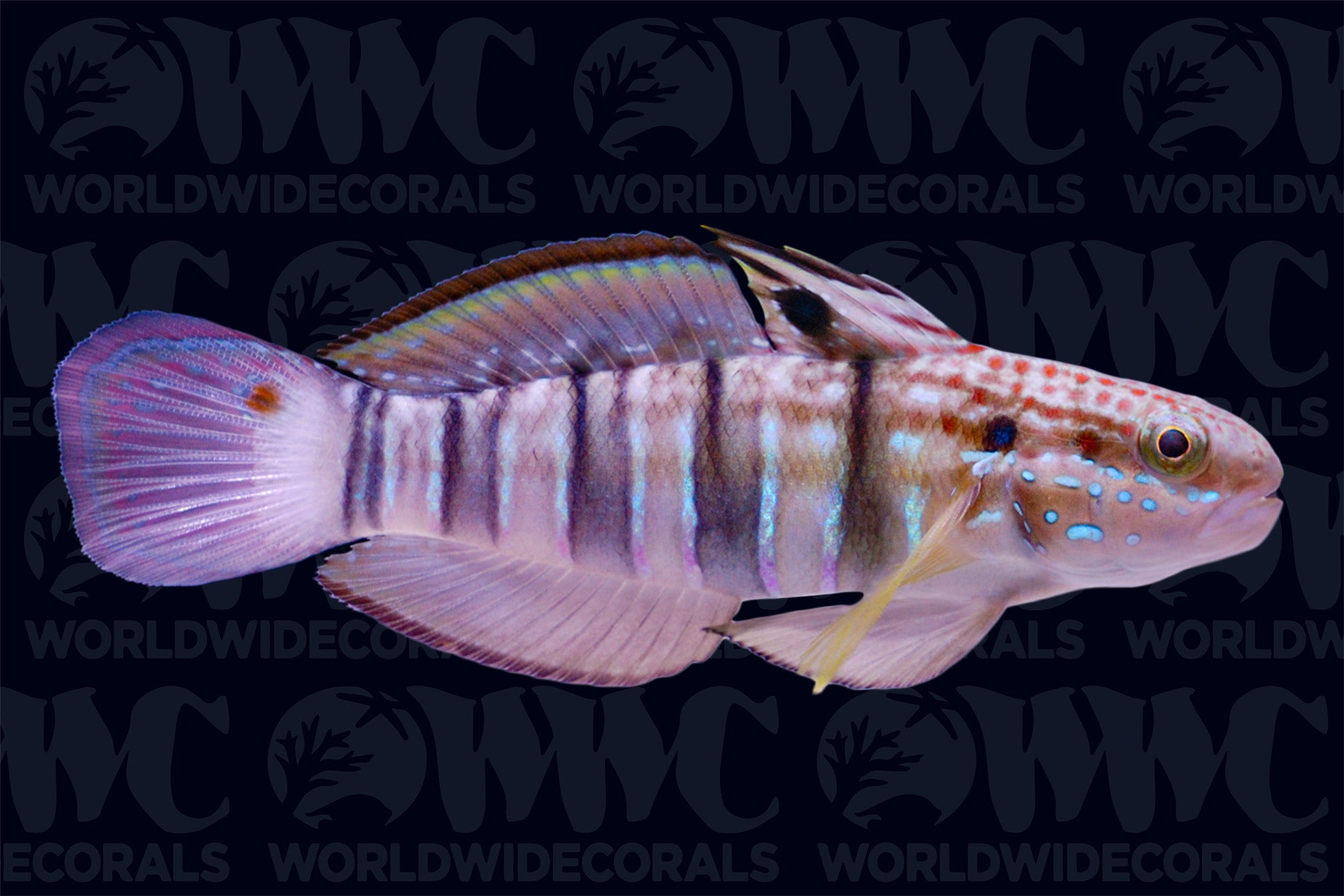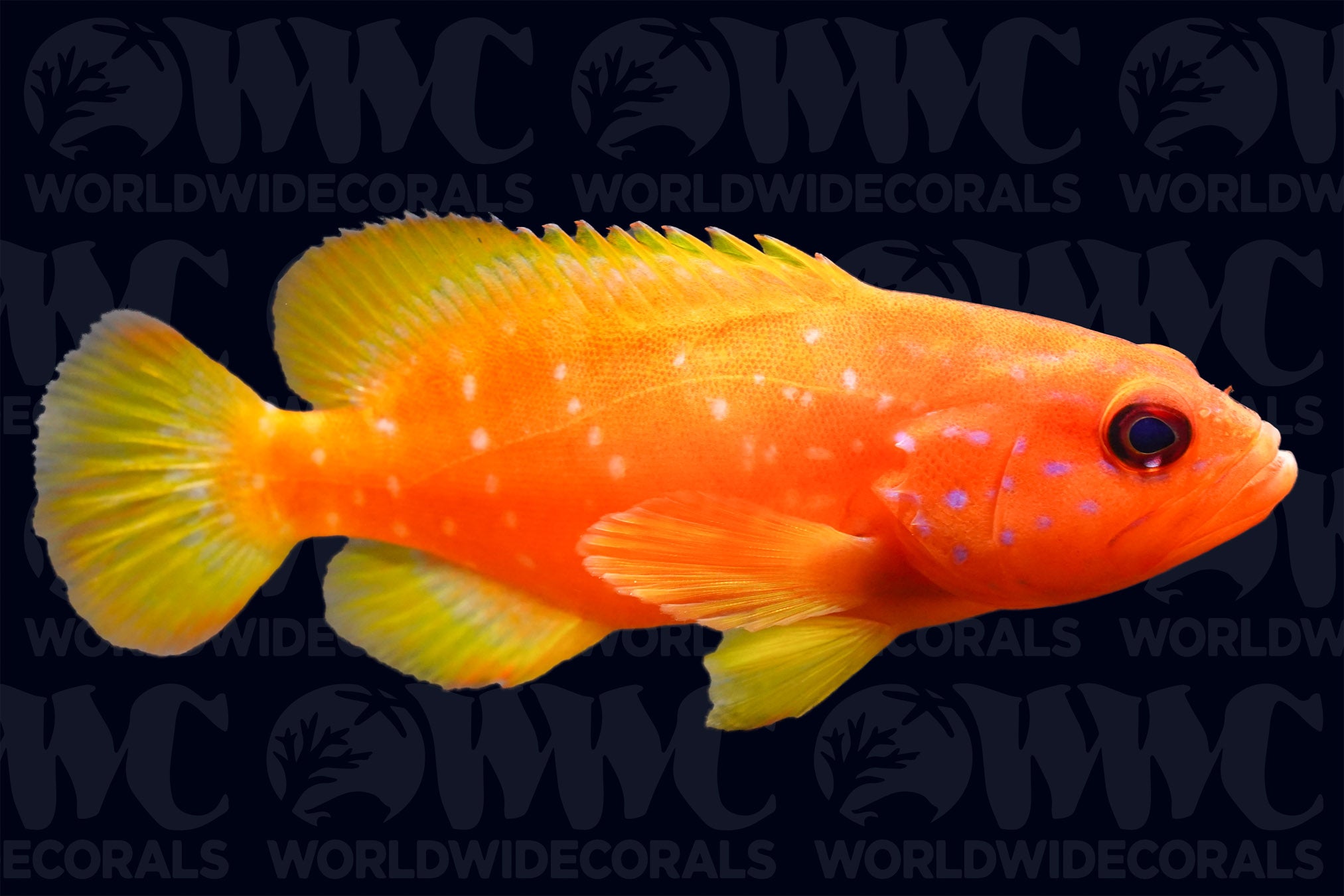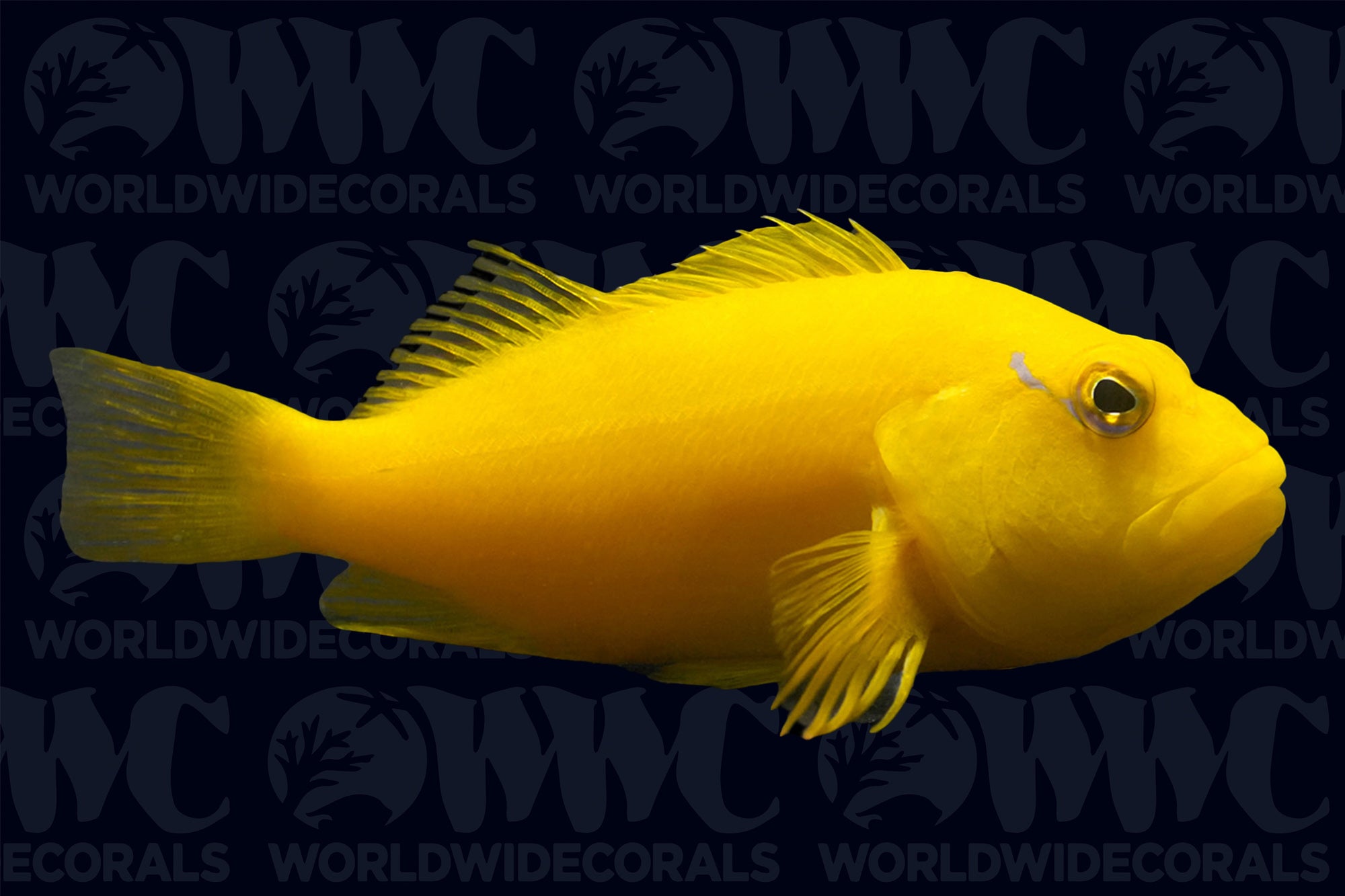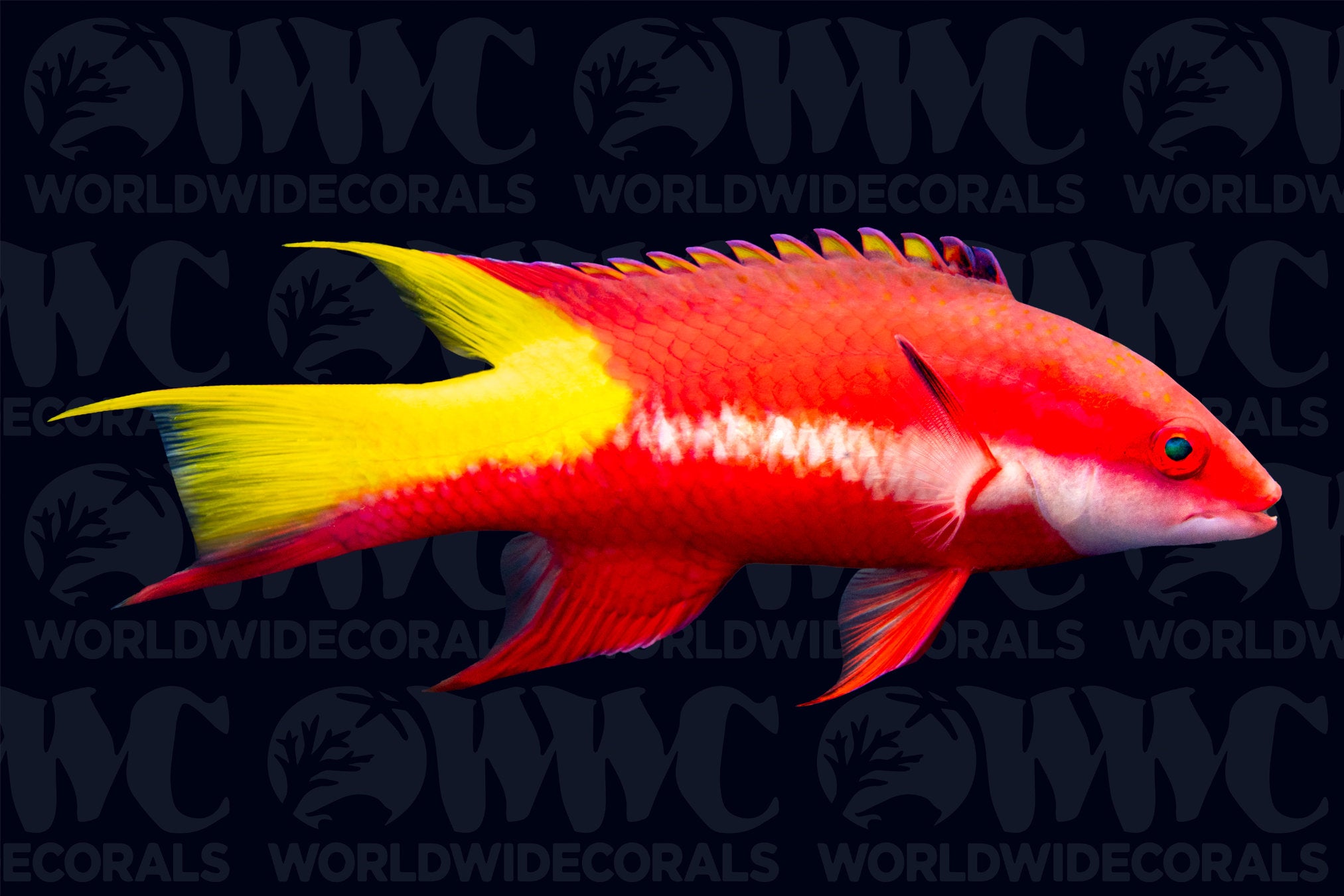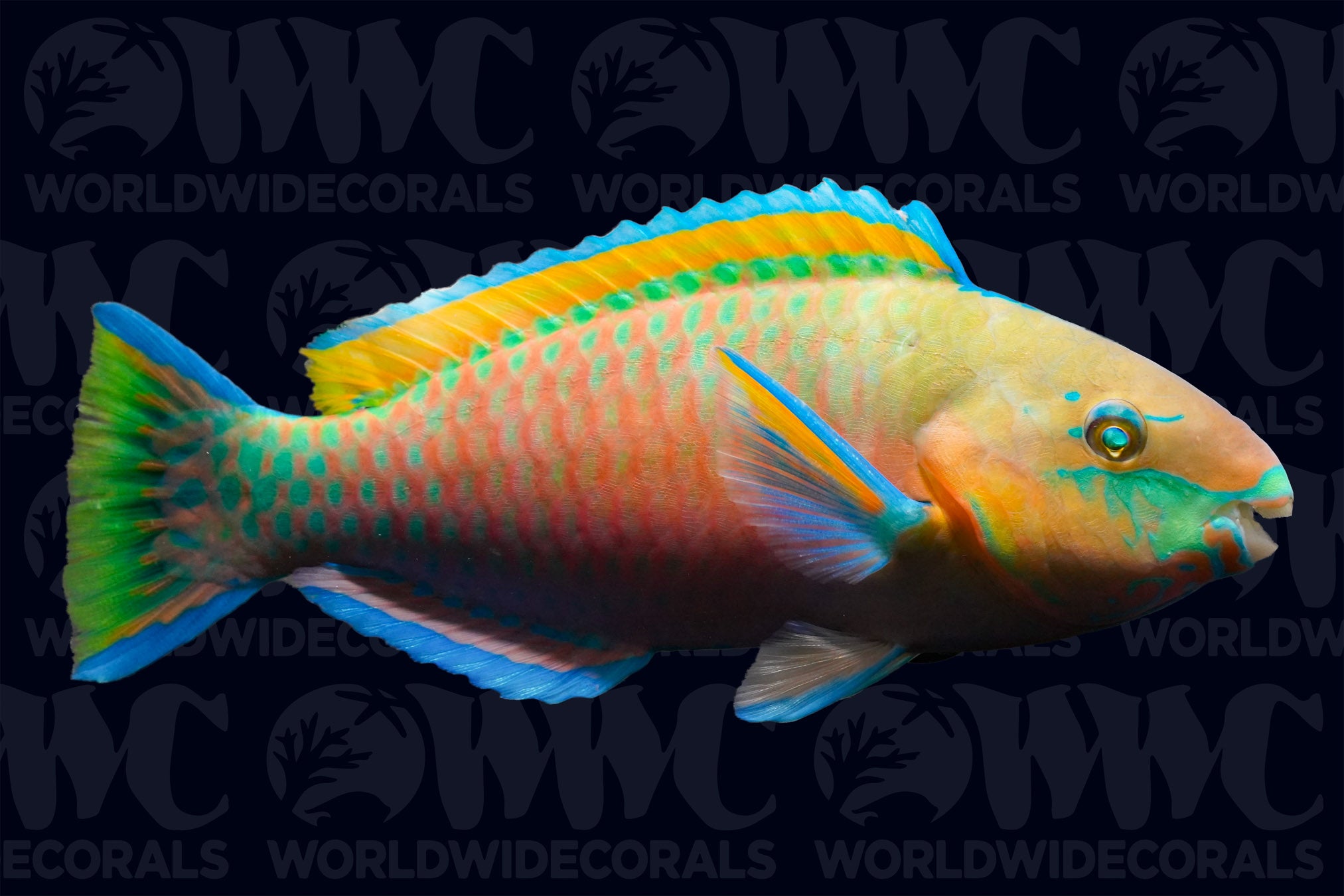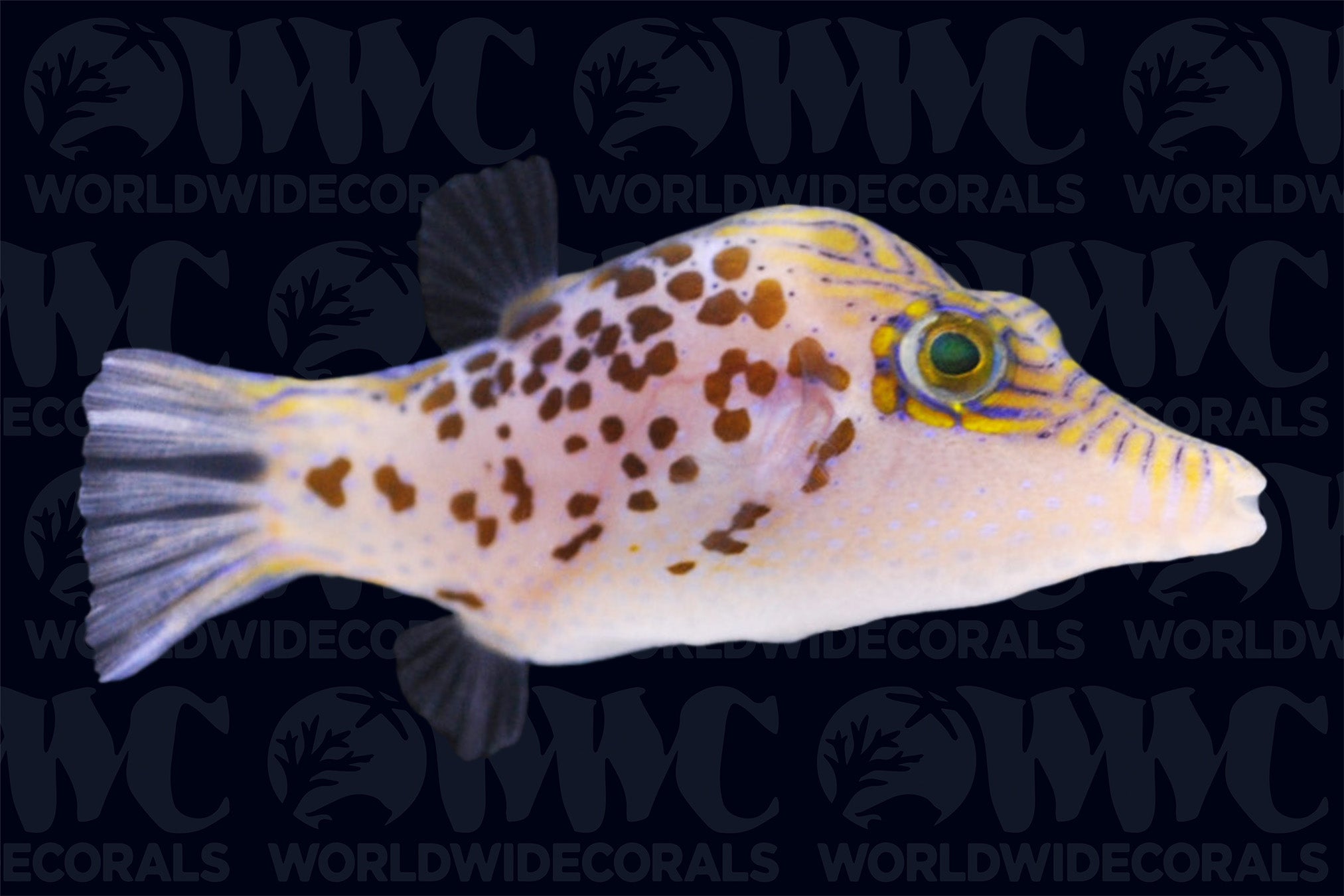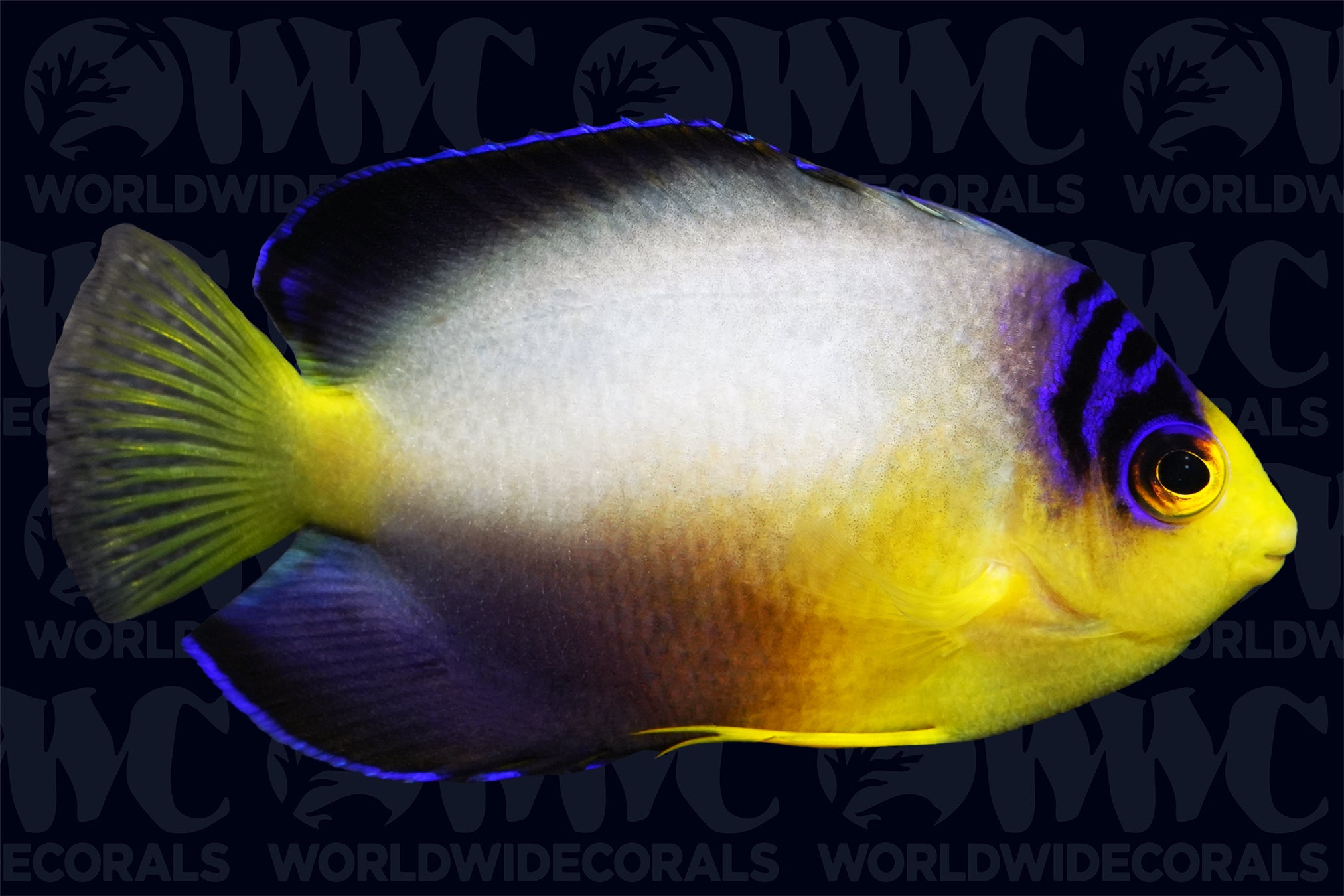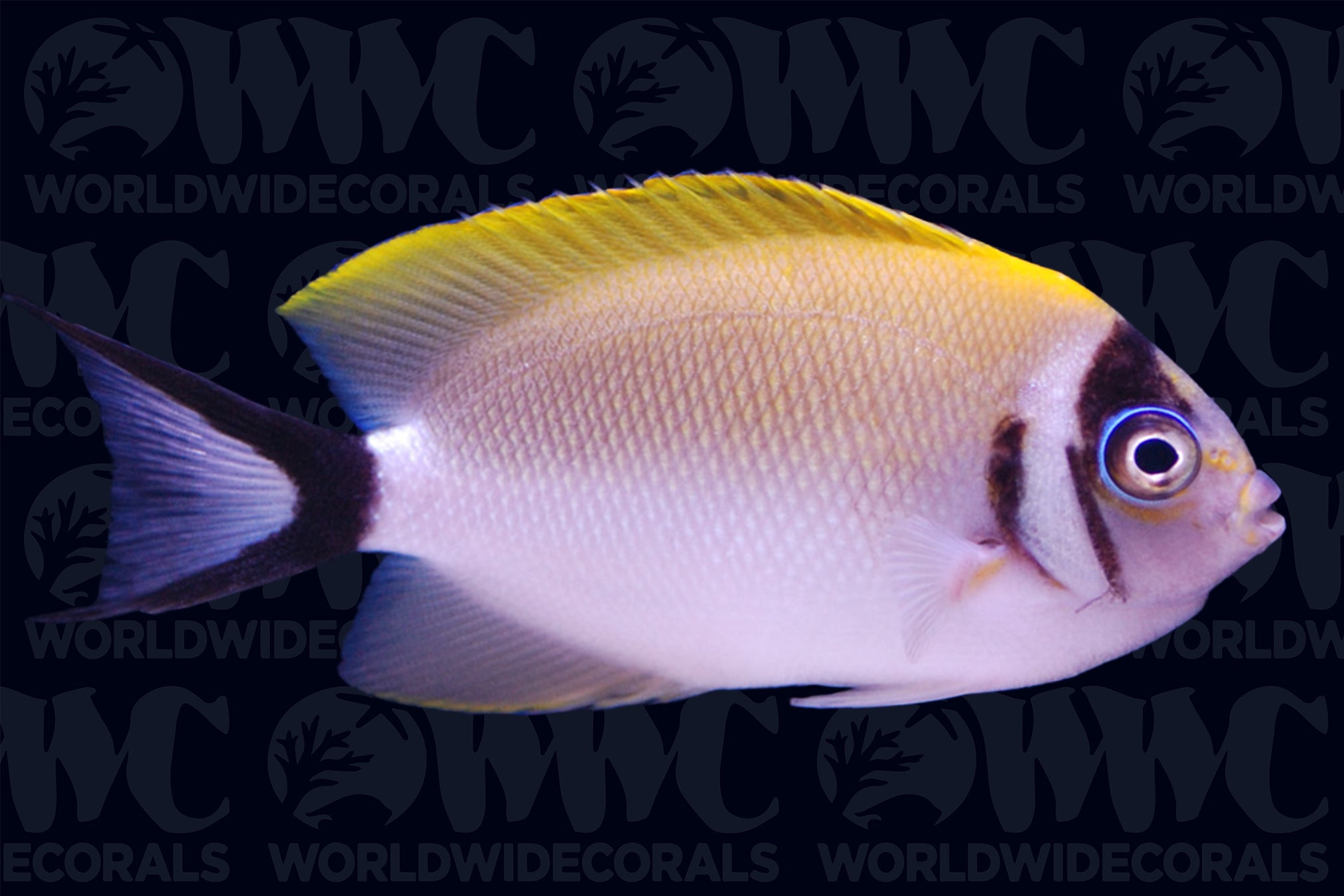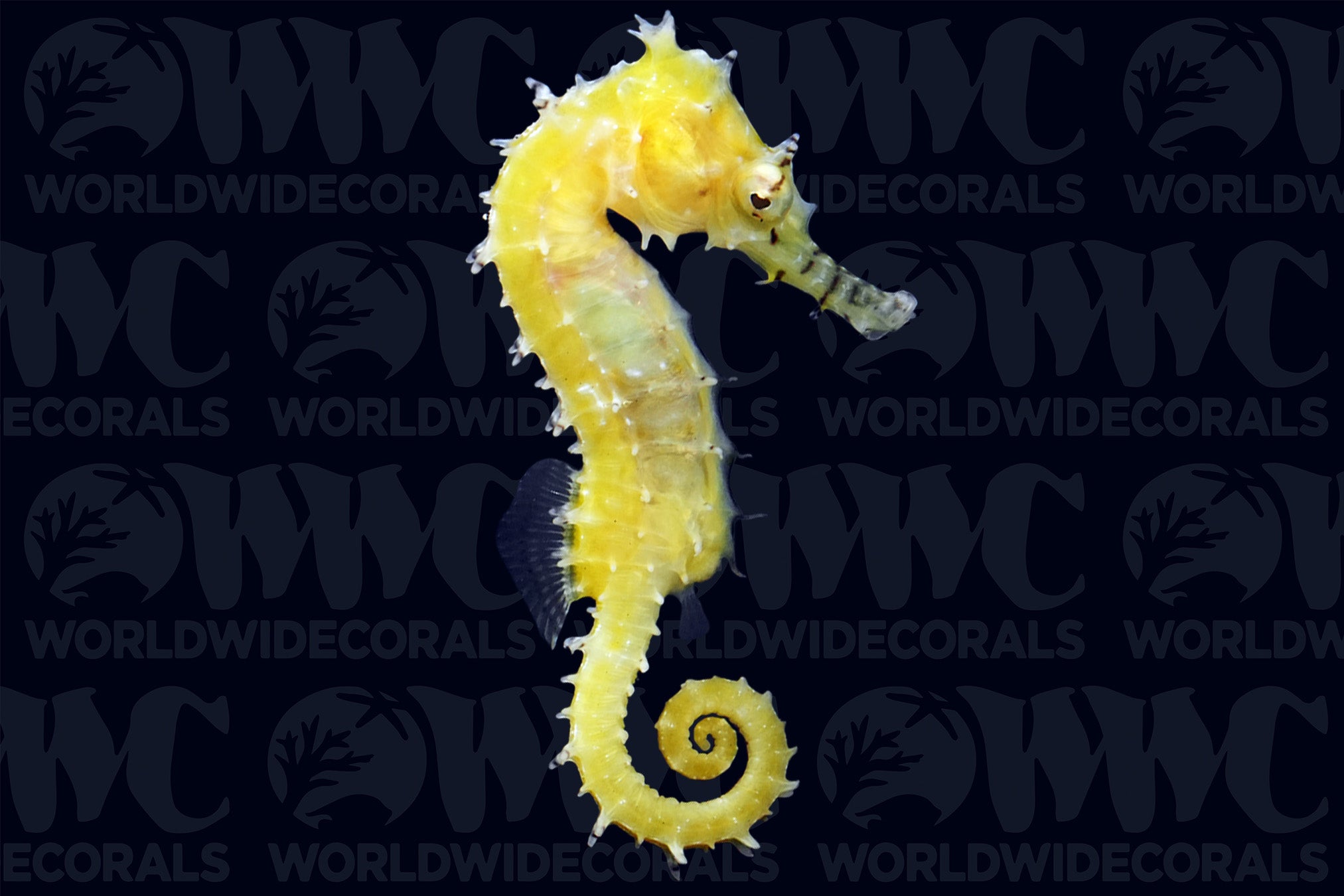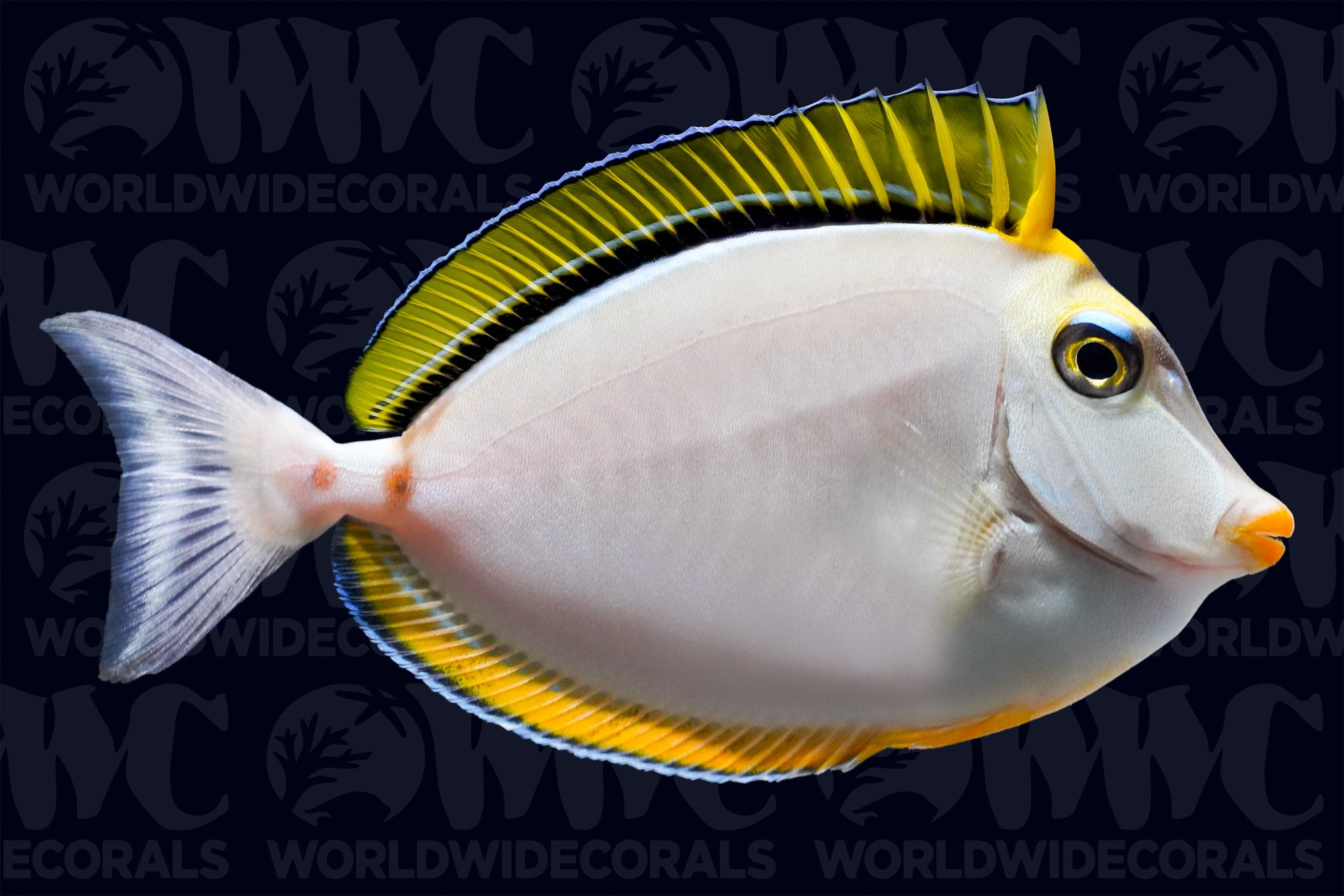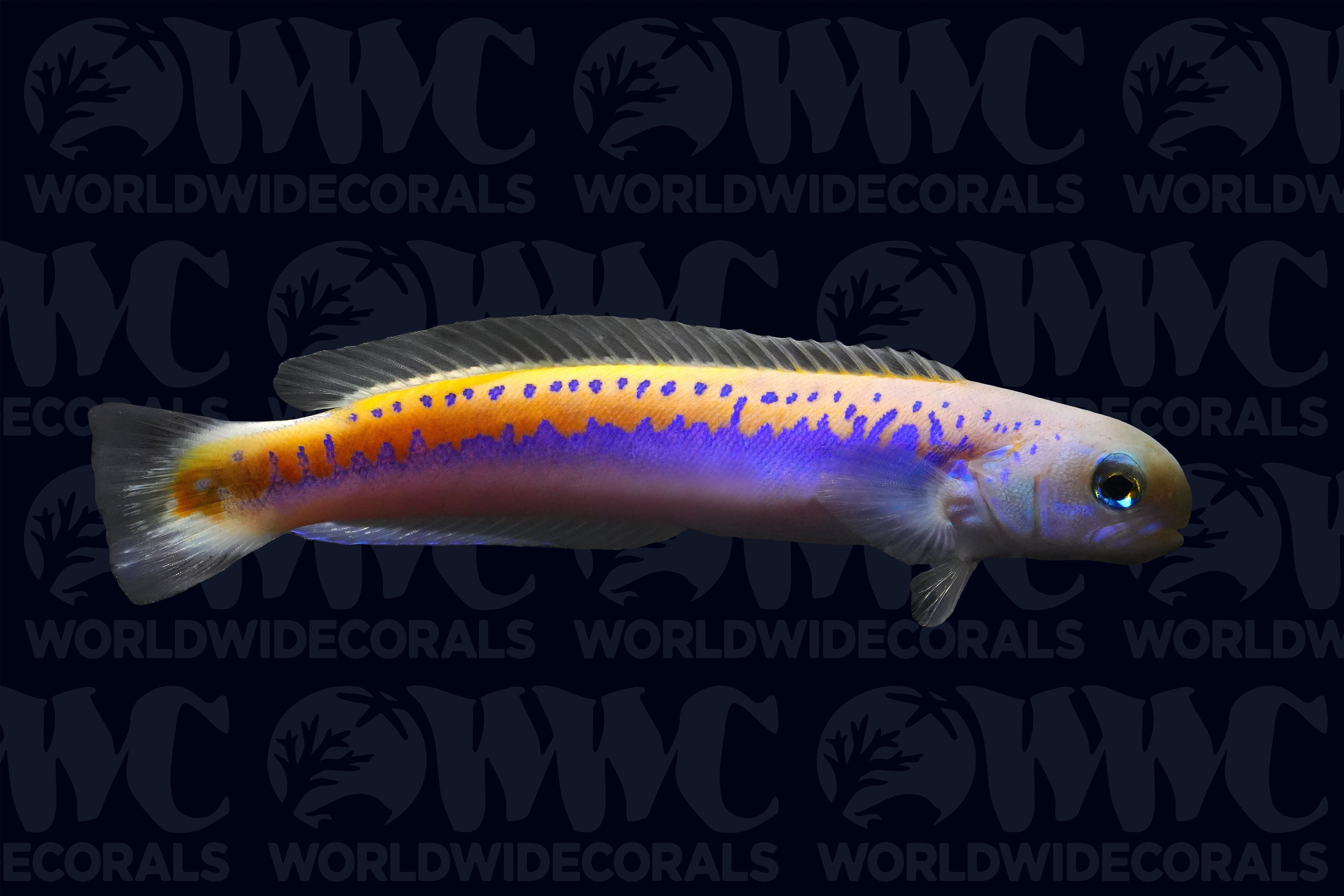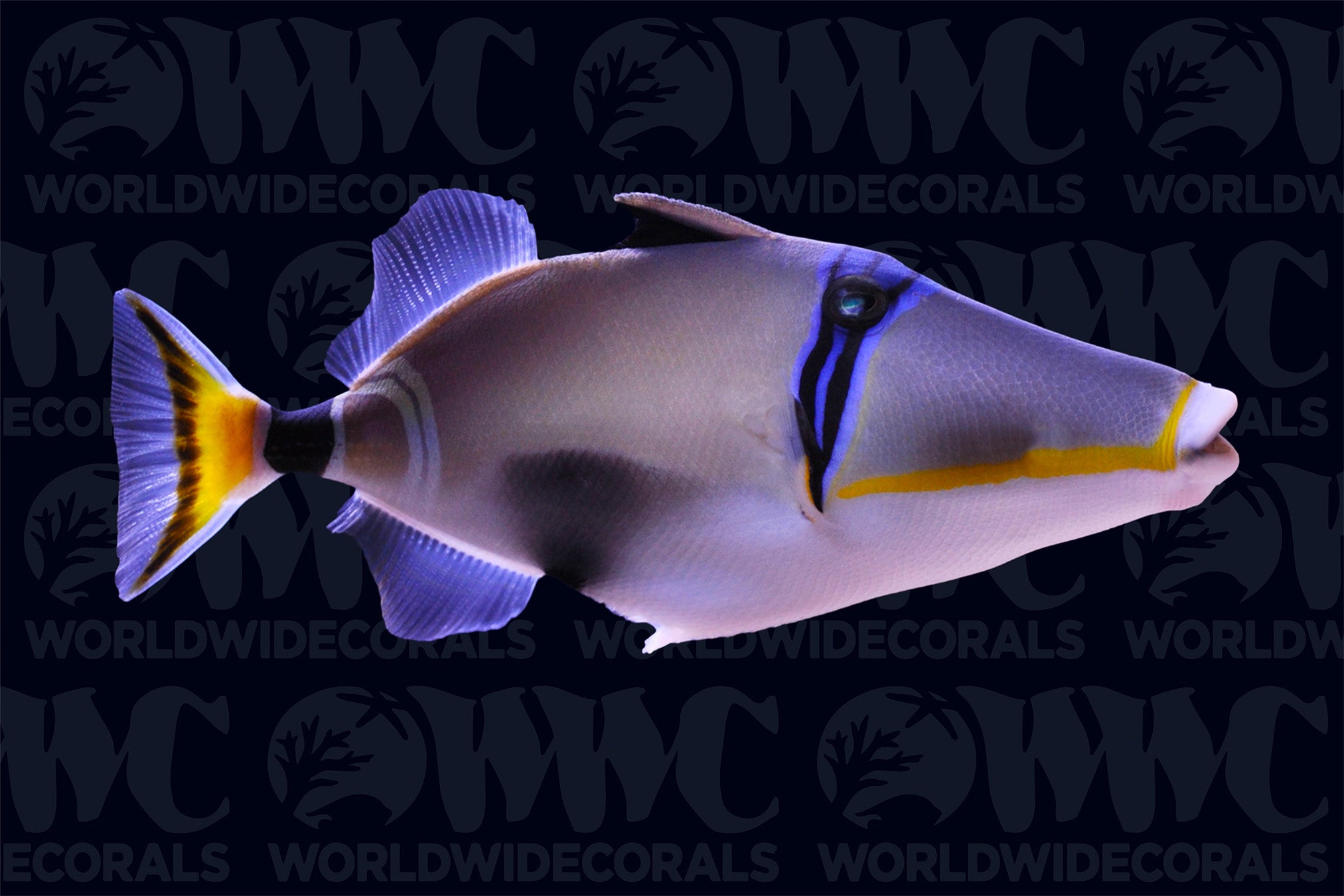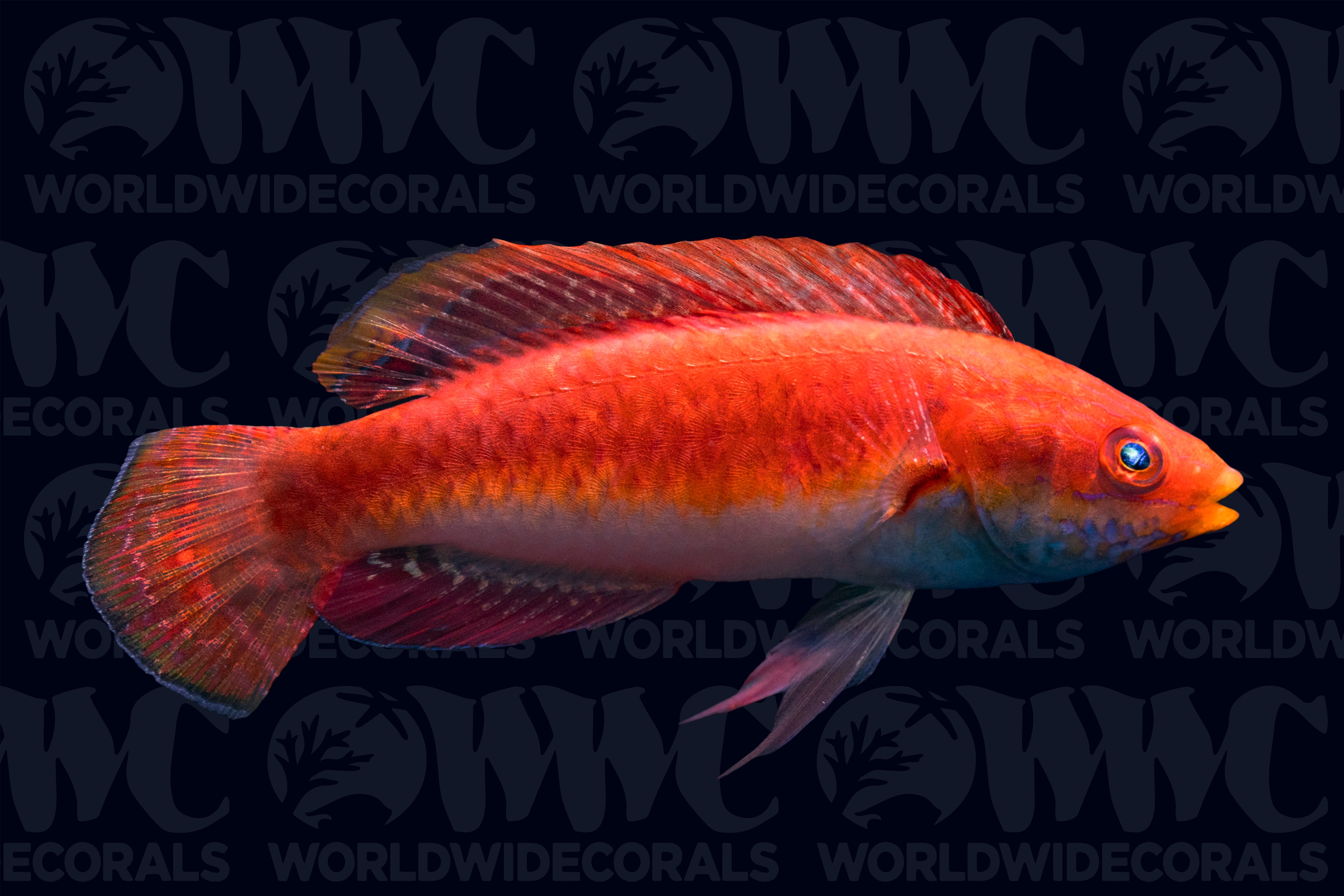Description
Chaetodontoplus septentrionalis
Angelfish come in a large array of colors, patterns and sizes that make them very sought-after. Unlike Centropyge angels, this genus is known for having large adult sizes. The Blue Line Angel is a beautiful fish that can be the highlight of your display, but they do require some specific care. Like many other angelfish, this one will go through a color transformation as they grow. This fish can be shy at first especially during acclimation, so providing a lot of hiding places will help reduce its stress. Because their natural diet is so varied, aquarists should always feed a diet that is similarly well rounded; it further means they are unsuitable for most “captive reef” style aquariums. In the wild, they generally feed on a wide variety of algae, sponges, tunicates and other benthic organisms. Their natural diet also includes nipping on corals, so the Blue Line is not considered reef safe. They will grow to be about 8 inches in size and will need an aquarium of about 180 gallons when they are fully grown. The Blue Line Angel are found in the Western Pacific where they inhibit coastal rocky and coral reefs up to 15 meters deep.
Angelfish come in a large array of colors, patterns and sizes that make them very sought-after. Unlike Centropyge angels, this genus is known for having large adult sizes. The Blue Line Angel is a beautiful fish that can be the highlight of your display, but they do require some specific care. Like many other angelfish, this one will go through a color transformation as they grow. This fish can be shy at first especially during acclimation, so providing a lot of hiding places will help reduce its stress. Because their natural diet is so varied, aquarists should always feed a diet that is similarly well rounded; it further means they are unsuitable for most “captive reef” style aquariums. In the wild, they generally feed on a wide variety of algae, sponges, tunicates and other benthic organisms. Their natural diet also includes nipping on corals, so the Blue Line is not considered reef safe. They will grow to be about 8 inches in size and will need an aquarium of about 180 gallons when they are fully grown. The Blue Line Angel are found in the Western Pacific where they inhibit coastal rocky and coral reefs up to 15 meters deep.
3 DAY GUARANTEE | Hassle Free | 100% Satisfaction | Online Orders Only


